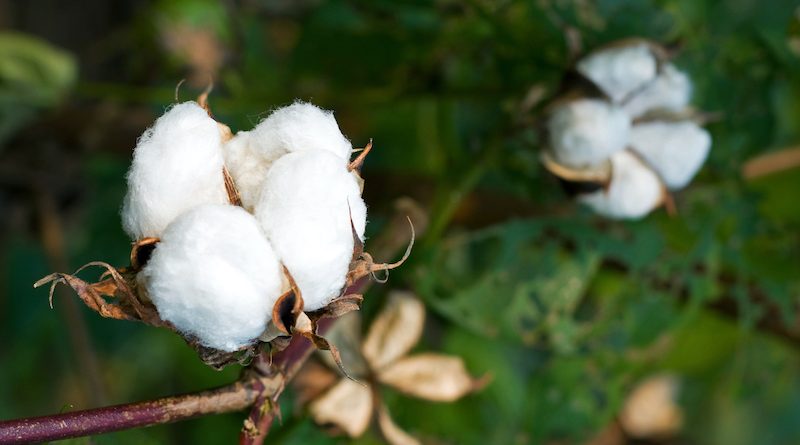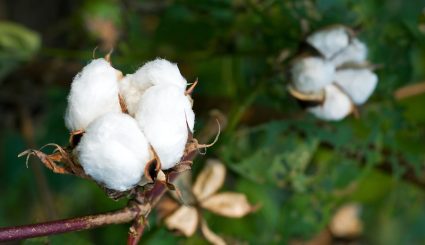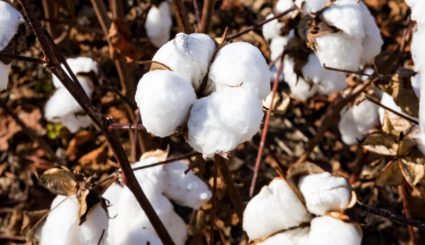Smart nitrogen management for cotton

Nitrogen (N) plays a big role in the health of a cotton crop because it influences the plant’s ability to produce carbohydrates and protein, key factors in improving growth.
ESN can be incorporated into nitrogen management for both dryland and irrigated cotton production, with considerations for application timing and method. ESN gives you flexibility in both timing and application method—learn more about those options here.
What can studies show us about the benefits of using ESN in your nitrogen management strategy for cotton? The following three studies reveal the positive effects on yield when using ESN in irrigated or dryland cotton.
ESN Maintains Leaf Nitrogen Levels in Irrigated Cotton Production

Location: Arkansas
Researcher: University of Arkansas
Results:
Nitrogen is necessary for cotton plants throughout the growing season. This study in Arkansas demonstrated that ESN is more effective at maintaining leaf N levels through the growing season, resulting in a healthier crop as ESN protects the plant from N loss and provides it when needed.
- The crop was furrow irrigated on sandy loam
- All nitrogen was applied two weeks prior to planting to supply nutrients for the entire growing season
- ESN maintains cotton leaf nitrogen content later in the season when conventional urea runs out
A blend supplying 75 percent of the total N as ESN within two weeks before planting, also the highest yielding treatment in the study, was sufficient to maximize leaf N late into the growing season.
ESN Increases Yields in Dryland Cotton Production

Location: Texas
Researcher: Texas A&M
Results:
A Texas study demonstrates how ESN can increase yields in dryland cotton production. ESN protects nitrogen (N) from loss inside its unique protective coating and supplies N to the crop when it is needed. The result is increased cotton yields and improved N-use efficiency.
- ESN was applied on 4-29 and UAN applied on 5-1, both at a rate of 70 pounds of N per acre
- ESN was applied to the surface of the soil at lay-by
- UAN solution was injected into the soil
- ESN yielded more than UAN, demonstrating increased yields in dryland cotton
Effects of ESN on Irrigated Cotton Yields in Mississippi

Location: Mississippi
Researcher: Mississippi State University
Results:
ESN was shown to increase yields in irrigated cotton, according to this study done in Mississippi. Most N uptake from a cotton plant occurs 40 to 80 days post-plant and can occur up to 140 days after planting. Since ESN supplies N when needed, it may be used to meet long-season demand.
- 90 pounds of nitrogen applied at sidedress
- ESN applied to the surface of the soil at lay-by yielded higher or equal to urea
Whether you’re growing dryland, furrow-irrigated or sprinkler-irrigated cotton, you can increase yields with ESN. For best practices on timing and application uses in cotton, get more information here. Additional studies of the effects ESN can have on cotton yields can be found here. Think ESN might be right for your cotton crop? Get in touch with your local rep to discuss the best path forward for your farm.


